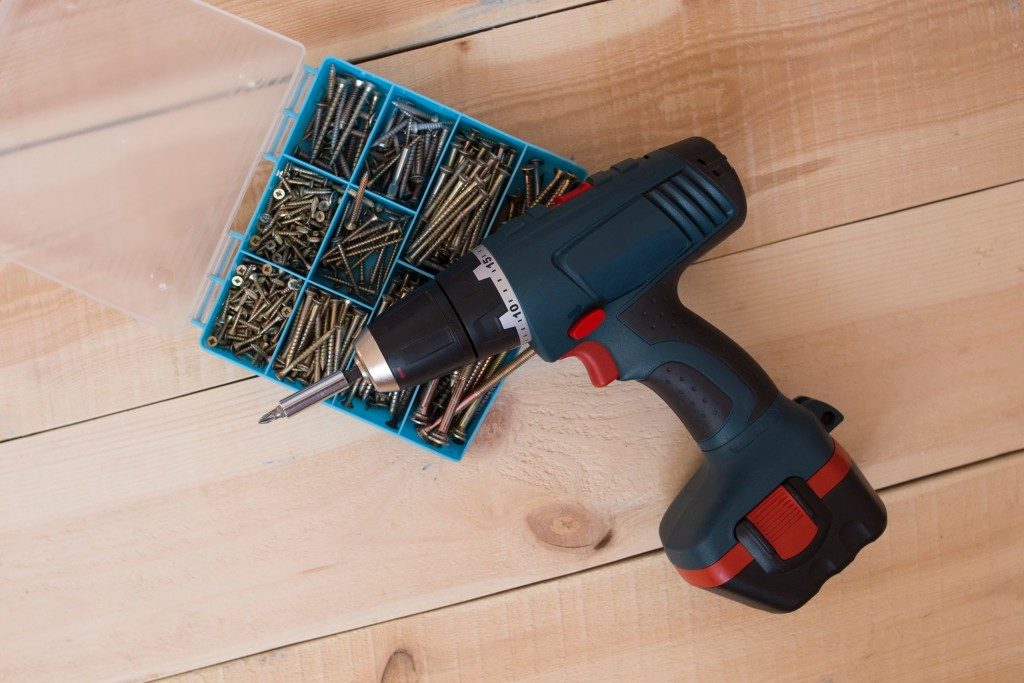Most of the time, people say self-drilling screws and self-tapping screws are the same in purpose. Actually, they are not. These types of fasteners are widely used in many fields from construction to medicine. Knowing the difference will help you avoid structural issues faced during a home improvement project, for instance. Before you look for self-tapping and self-drilling screw manufacturers for advice, take some time to educate yourself.
The Difference
Self-drilling screws are those screws you can abundantly see. They are almost used everywhere. They have that tapered shaft with the thread continuously running from the tip until the head. This screw type can drill itself to any material it is made for; although, sometimes one needs a pilot hole to make the drill easier. In the case of materials made of metal, the self-drilling screw's chisel tip can act like a drill bit. This is when a pilot hole is not needed. They can drive through thin sheets of metal with this chisel tip.
Self-tapping screws are made differently and the way they are designed shows it. They have a set of opposing blades at the tip. Working as twin blades, these blades create a pilot hole automatically. From the word "tapping," the screw taps or drills a hole through a material. Self-tapping screws are best for drilling into hard materials like metal. It is not used in soft materials like wood. When used in stones and bricks, the blades can safely tap a hole into the material without creating fractures or cracks.
Key Applications

Self-drilling screws are usually seen in woodworks, thin metals, or soft metals. These are the ordinary screws you see at home or the machine screws and specialty screws (e.g. drywall screws) in some industrial or residential settings. Self-drilling screws are made to secure loads above a given minimal pressure. If you use a self-tapping screw, the tapped opening will not be wide enough for the screw threads to hold onto. Projects that use materials with existing pilot holes are where self-drilling screws can reach optimal performance. In such an application, the shaft should be larger than its pilot hole so as to secure the threads tightly.
Self-tapping screws are made for, largely, industrial uses. They are used in projects where the screw pattern is not provided (e.g. non-pre-drilled patterns). Widely employed to fasten metals like steel and aluminum, these screws can be applied to most materials with a considerable thickness. For thicker steel, a number of tapping screws may be required. At home, self-tapping screws are best used in the maintenance of air-conditioning units and roof canopies. These materials are those that can be dissembled and reassembled using the same threads.
Screws are the ultimate fasteners in the material and helped build the world. To know what each screw is for, one only needs to see the differences in the way they look and the materials they are commonly found screwed into. Self-drilling screws are the most common since wood products dominated much of the history of building and construction. Self-tapping screws are specially made to carry heavier loads.
